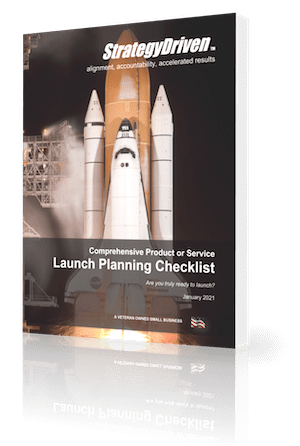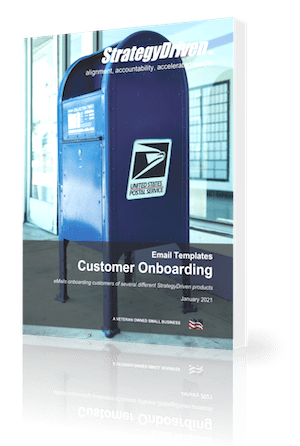Tips To Boost Productivity In Your Food Manufacturing Business

1. Set specific production targets
Setting clear production targets is a simple method to improve efficiency and productivity. A precise, measurable target motivates employees more than a vague instruction to produce “as much as possible.” Setting production targets is a simple process that requires analyzing previous production levels. This isn’t only great for motivating your staff but useful for achieving higher efficiency. Having set your production targets, you can prioritize the activities to help you swiftly and efficiently attain those goals.
2. Provide proper training
Human mistake is frequently the weakest link in food manufacturing operations. Mistakes are still common in the most technologically advanced businesses if the staff doesn’t have adequate training. Unfortunately, this can gradually reduce total productivity and efficiency. Invest in proper training to ensure employees have the knowledge and abilities to optimize their performance. Otherwise, issues such as food contamination would be a common occurrence. You can avoid those issues by providing your staff with good training on all processes used during food manufacture.
3. Embrace tech and automation
Technology has tremendously influenced several industries, including the food industry. As a result, you must leverage cutting-edge tools to automate some monotonous processes. Technology can also assist in limiting the possibility of human mistakes. For instance, employing climate and temperature control systems can be useful for preventing contamination and possible damage to food products. To improve handling and prevent product loss, tools such as the temperature monitor can come in handy. However, while technology may increase your business’s productivity and efficiency, you must examine the costs of implementing these solutions. This requires extensive market research to choose the technology that provides the most value.
4. Tighten your quality control systems
Quality control should be high on your priority list as a food manufacturer. It is critical because even one poor review from a customer can produce an unfavorable opinion of your brand among the general public. After spending months and even years building your brand, a bad product review is the last thing you want. Aside from such incidents, it would be best to strengthen quality control procedures to avoid unwanted criticisms. You can use food inspection procedures, technologies, and procedures that require stringent vetting to ensure products are closely monitored before they leave your facility.
You’re likely to face challenges in every business, and food manufacturing is no different. Using the techniques above may aid in increasing your food production efficiency and productivity. Making the best use of your resources and equipment can allow you to manufacture more in less time and boost your revenue.











Leave a Reply
Want to join the discussion?Feel free to contribute!